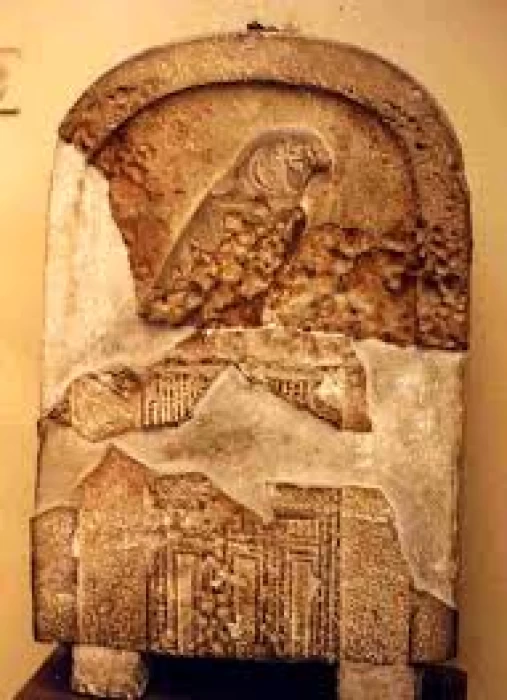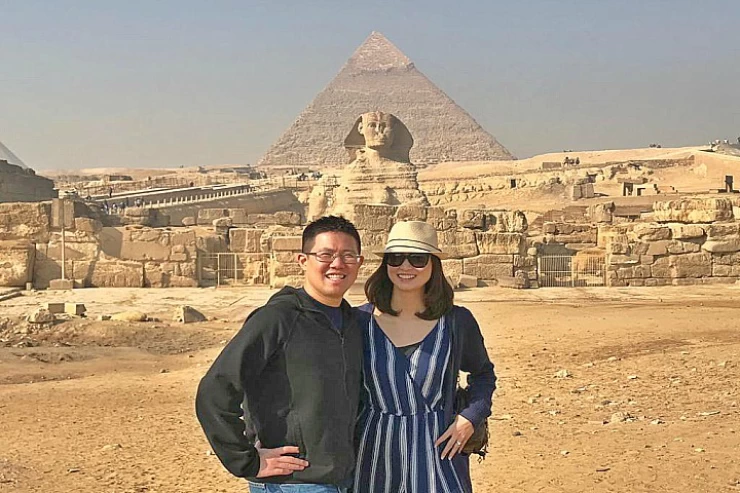
King Djer | Pharaoh of the first dynasty
King Khentdjer or Khent (Jer) was a pharaoh of the First Dynasty of Egypt, ruling around 3050 BC after King Horus-Aha. His name is written in two ways, the first is combined with the name Horus (Horus-Aha) and Mz-Jer in hieroglyphic form, with a symbol of a wool bag. King Djer was a good successor for his father and the kings of Egypt, he was protecting Egypt against any danger from the neighboring countries. Learn more about Egyptian power of ruling from different dynasties during one of Egypt Luxury Tours with certified Egyptologists.
The second name is Aity, and it is found in Abydos. King Djer gave birth to Queen Ney, who married King Djet and gave birth to King Den, so King Djet was the fourth king of the First Dynasty. After his death, Queen Ney ruled Egypt. She was the first woman to rule Egypt, Egypt passed by many ruling great Queens through different ages, these reflect the power and how efficient was the ancient Egyptian woman’s mentality. There are many temples dedicated to Egyptian Queens that can be visited during an Egypt travel package with Cairo Top Tours. The reason for her rule was that her son Den was young.
In addition, She remained the ruler of Egypt until he reached the appropriate age and ruled the country. Queen Neyt was mentioned as the royal mother, except on one seal found in Saqqara, which shows us that she ruled Egypt as an actual ruler. Like his father Horus-Aha, Djer was buried in Umm al-Uqab in Abydos. Djer's tomb "O" from Petrie. His tomb contains the remains of 318 servants who were buried with him. Beginning in the Eighteenth Dynasty, the veneration of the tomb of Hor-Aha as that of Osiris, and the First Dynasty burial complex, which included the tomb of Djer, were important Egyptian religious traditions.
His tomb is located in Abydos next to the tomb of his wife Mernith, who is believed to have ruled when his son was a minor. When his tomb was discovered, four bracelets were found tied around the arm of a woman, wrapped in linen. She may have been the wife of King Khentdjer, or a member of the royal family. The bracelets were tied with linen bands, in a position that allows us to deduce their original arrangement. Three of them were made of different types of beads, of gold, turquoise, lapis lazuli, and amethyst.















